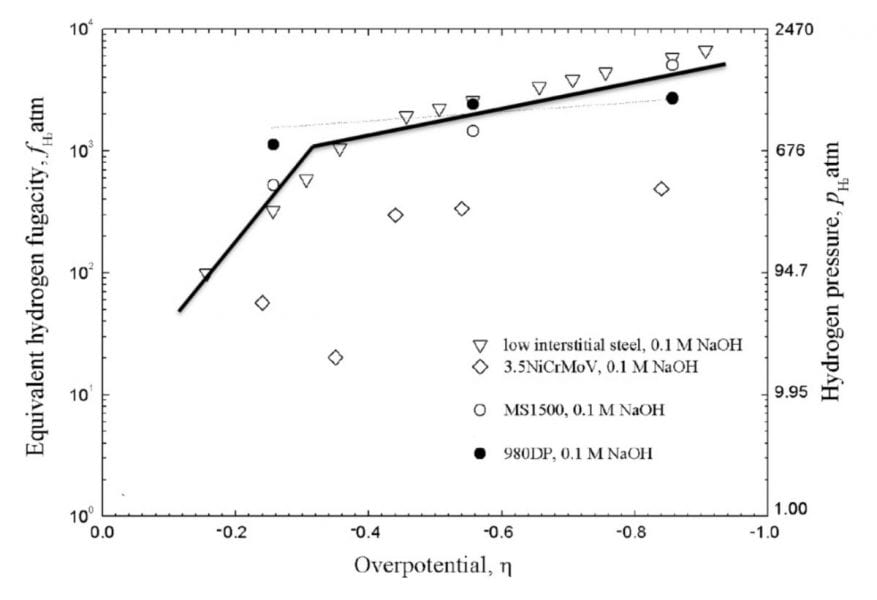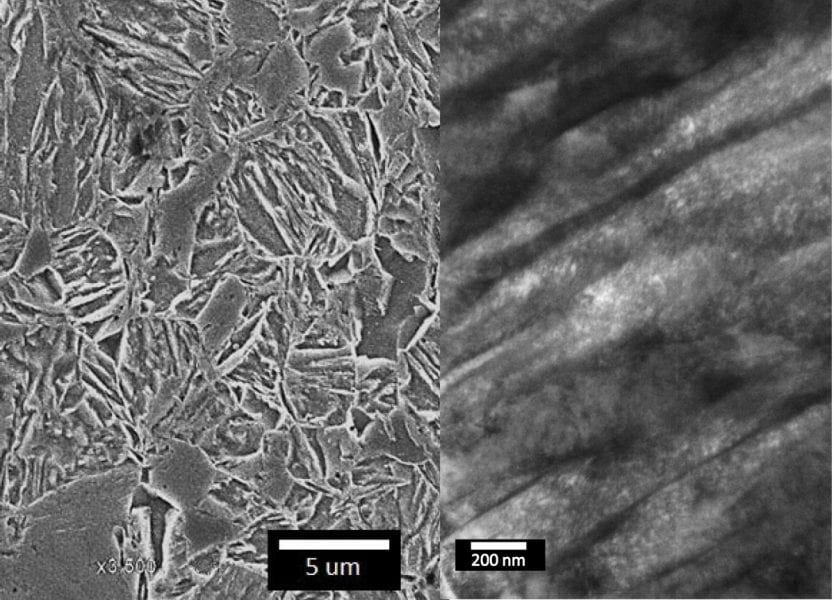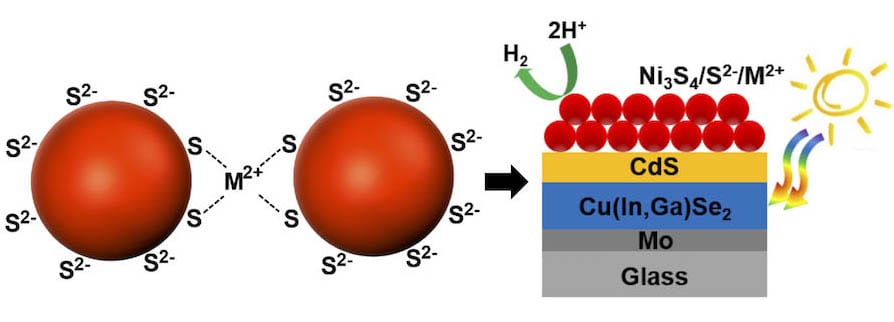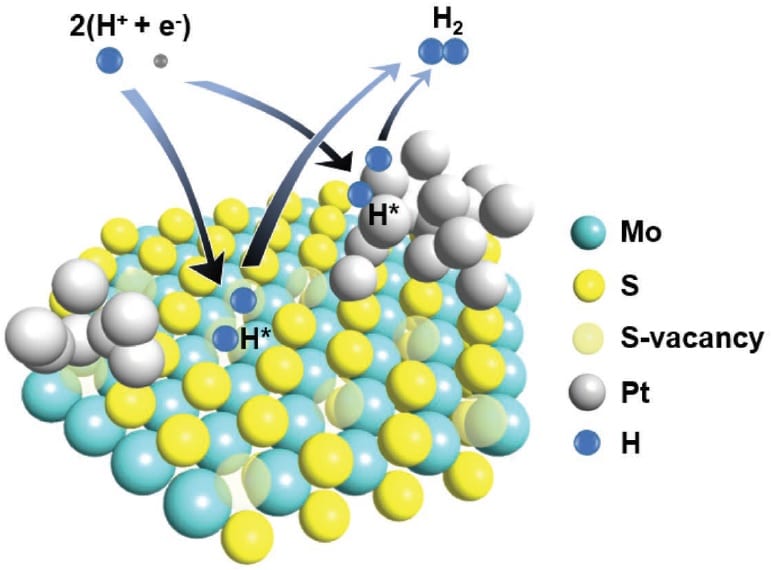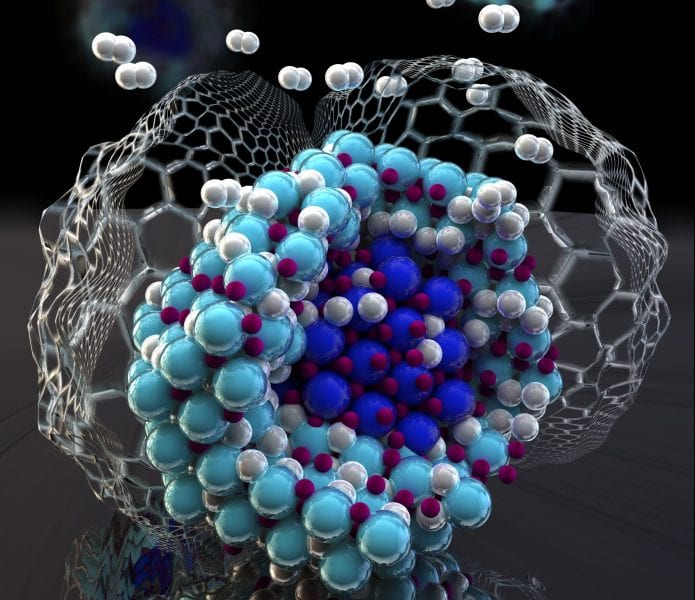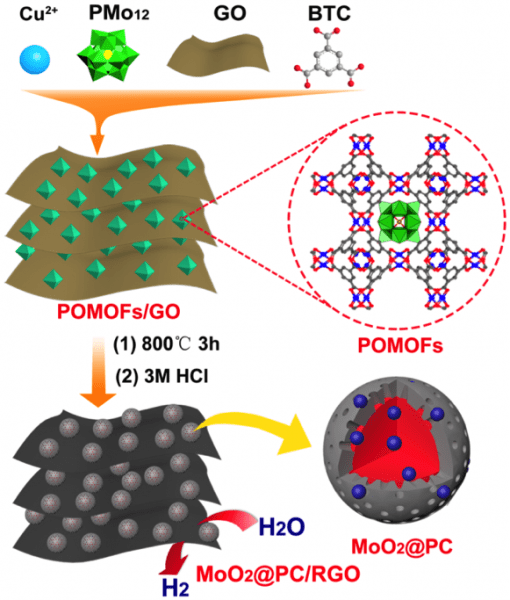Researchers from Cranfield University and Queen Mary University of London report the use of a thermoelectric material as a catalyst support and promotor for carbon dioxide hydrogenation. Using a specially designed reactor chamber, they achieve simultaneous thermoelectric energy harvesting and catalysis.
![Thermoelectric Material for Carbon Dioxide Hydrogenation [Video]](https://www.advancedsciencenews.com/wp-content/uploads/2018/02/aenm201701430_ASN_image.png)


